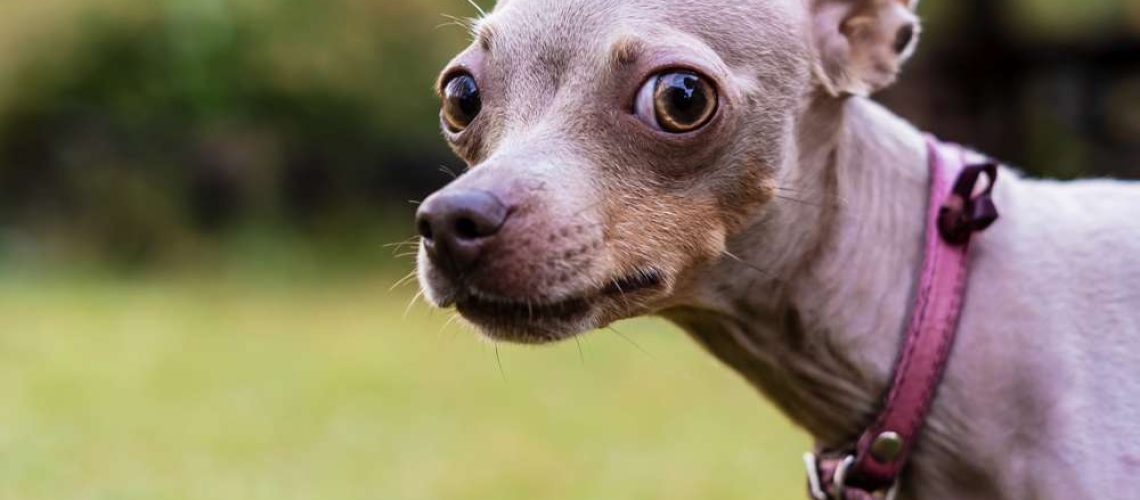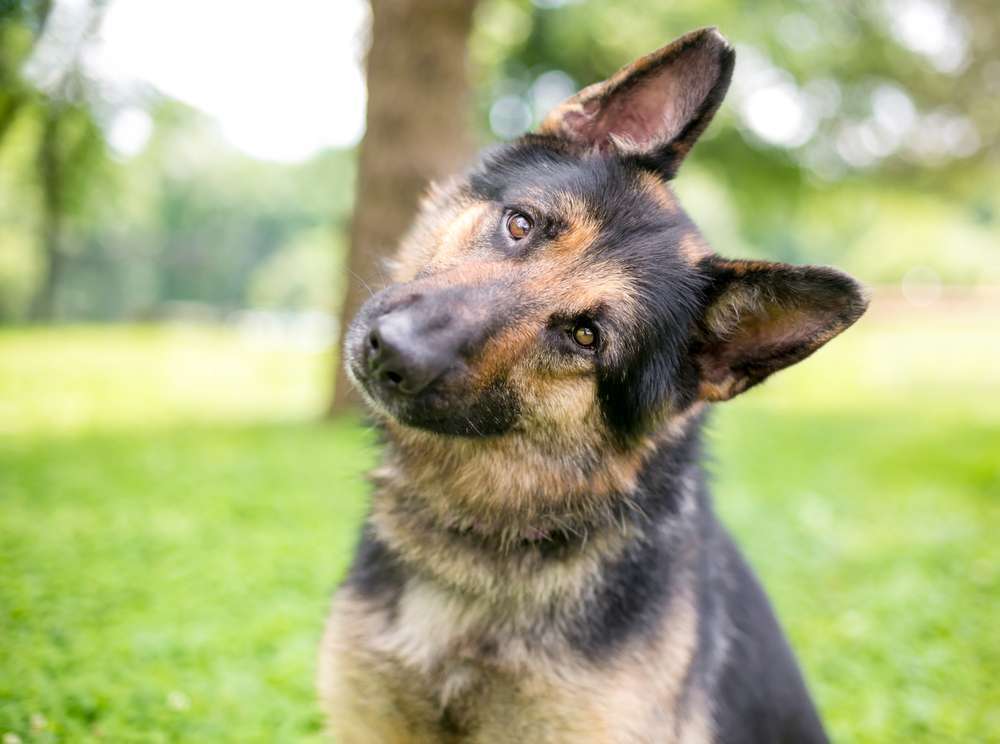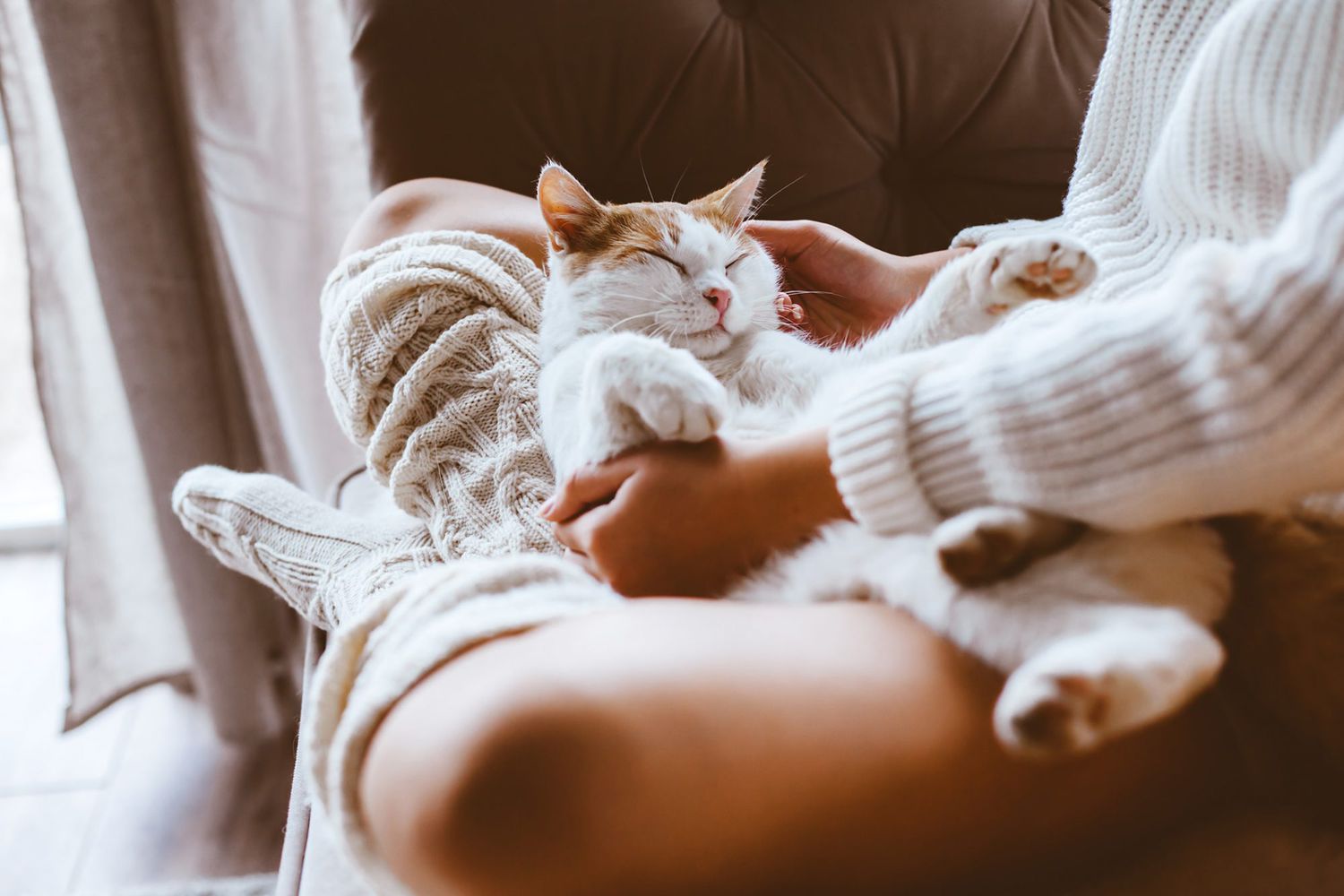Key Takeaways:
- Dogs put their ears back as a form of communication to convey fear, submission, or anxiety.
- Ear position can also indicate a dog's mood or emotional state, such as relaxation or attentiveness.
- Ears pinned back tightly against the head may signal aggression or discomfort.
- Some dogs naturally have ears that are positioned farther back on their heads compared to others.
- Understanding a dog's ear language can help in interpreting their behavior and responding appropriately.
Are you curious about why dogs put their ears back? Well, buckle up because understanding this fascinating behavior can unlock a deeper connection with our furry friends. Imagine being able to communicate with your dog on a whole new level, deciphering their emotions and needs just by observing their ears. This knowledge is like having a secret decoder ring that allows you to decode the mysterious language of canines. By exploring why dogs put their ears back, we will unravel the hidden signals they convey and gain insight into their world. So, let's dive in and uncover the secrets behind those adorable floppy or perked-up ears!
Why do dogs put their ears back?
The natural instinct of dogs
When a dog puts its ears back, it is often a sign that they are feeling submissive or fearful. This behavior is rooted in their natural instincts as pack animals. In the wild, lower-ranking wolves would lower their ears to show respect and submission to higher-ranking members of the pack. Domesticated dogs still carry this instinct, and when they put their ears back, it is their way of communicating that they are not a threat and are submitting to a more dominant individual.
Signs of discomfort or anxiety
Putting their ears back can also be an indication that a dog is feeling uncomfortable or anxious in a particular situation. For example, if a dog is in an unfamiliar environment or surrounded by loud noises, they may pull their ears back as a way to protect themselves and try to make themselves appear smaller. It's important for pet owners and those interacting with dogs to recognize this body language and take steps to help the dog feel more at ease.
Understanding a dog's body language: What does it mean when a dog's ears are pulled back?
The meaning behind different ear positions
A dog's ear position can provide valuable insights into their mood and emotions. When a dog's ears are pulled back, it typically indicates fear, anxiety, or submission. If the rest of the dog's body language matches this ear position - such as lowered tail, crouched posture, or avoidance behavior - it is likely that the dog is feeling scared or uncomfortable.
Importance of context
It's essential to consider the context in which a dog's ears are pulled back. Sometimes dogs may naturally have floppy or droopy ears that give the appearance of being pulled back even when they're relaxed. Additionally, some dog breeds have naturally erect ears that may stand up or fold back depending on their mood. Observing the overall body language and behavior of the dog can help determine if the pulled-back ears are a sign of fear or simply a natural ear shape.
Different reasons why dogs put their ears back
Submission and respect
One common reason for dogs putting their ears back is to show submission and respect. Dogs are social animals with a hierarchical structure, and lowering their ears is a way for them to communicate that they recognize another individual as being dominant. This behavior helps maintain harmony within a group or pack.
Feeling scared or threatened
Another reason for dogs putting their ears back is fear or perceived threat. When faced with a situation that makes them uncomfortable or anxious, dogs may pull their ears back as a defensive mechanism. By making themselves appear smaller, they hope to avoid any potential conflict or danger.
How to tell if a dog is scared or anxious based on their ears being back
Accompanying body language
When a dog's ears are pulled back in combination with other signs of fear or anxiety, it indicates that the dog is feeling scared or threatened. These signs may include trembling, panting, tail tucked between legs, avoiding eye contact, cowering, or attempting to hide. It's important not to force interaction with a fearful dog but instead give them space and time to calm down.
Seeking professional help
If a dog consistently displays fearful behavior with their ears pulled back in various situations, it may be beneficial to seek the assistance of a professional dog trainer or animal behaviorist. They can provide guidance on how to manage the dog's anxiety and help them feel more comfortable in different environments.
Do all dogs put their ears back for the same reasons?
Breed and individual differences
While many dogs put their ears back as a sign of submission or fear, it's important to remember that not all dogs are the same. Different breeds may have varying ear shapes and sizes, which can affect how their ears appear when pulled back. Additionally, individual personality traits and past experiences can also influence a dog's behavior and how they express their emotions.
Other forms of communication
Dogs use a combination of body language, vocalizations, and facial expressions to communicate their feelings. While ear position is one aspect of their communication, it should always be considered in conjunction with other signals the dog is giving off. Understanding a dog's overall body language will provide a more accurate understanding of what they are trying to convey.
A dog's ear position and its connection with mood and emotions
Happy and relaxed dogs
When a dog is feeling happy and relaxed, their ears are typically in a natural position, neither pulled back nor standing straight up. The ears may be slightly forward or to the side, indicating contentment and attentiveness.
Alertness and curiosity
If a dog's ears are standing straight up or slightly forward, it usually means they are alert and curious about something in their environment. They are actively listening for sounds or assessing the situation around them.
Tips to help a dog feel more comfortable and prevent them from putting their ears back
Create a safe environment
Providing a safe and secure environment for your dog is essential in preventing fearful behaviors. Make sure your home has designated areas where your dog can retreat if they feel overwhelmed. Provide comfortable bedding, toys, and access to fresh water.
Positive reinforcement training
Using positive reinforcement techniques, such as rewards and praise, can help build your dog's confidence and create positive associations with potentially anxiety-inducing situations. Gradually exposing them to new environments or experiences while rewarding calm behavior can help reduce their fear.
Seek professional guidance
If your dog's fearful behaviors persist or worsen despite your efforts, it may be beneficial to consult with a professional dog trainer or animal behaviorist. They can provide personalized strategies and guidance tailored to your dog's specific needs.
By understanding why dogs put their ears back and being attentive to their body language, we can better communicate with our furry friends and ensure their well-being.
In conclusion, dogs put their ears back as a way to communicate their emotions and intentions. It is important for us to understand this body language so that we can better interact with and care for our furry friends.
Why does my dog put his ears back when I hug him?
When a dog's ears are lowered and pushed back, it indicates submission or readiness to be petted. However, if the ears are lowered along with other body signals like showing teeth, it may indicate that the dog senses danger and is prepared to protect.
What dog ear positions mean?
Chart of Dog Ear Positions:
- Flattened or pinned ears: Indicates extreme discomfort and a desire to avoid or escape the situation. The dog may potentially become aggressive.
- Perked (tensed and forward) ears: Shows high arousal. The dog is either about to move forward aggressively or chase something.
Why do dogs put their ears back when angry?
If your dog's ears are pulled back, barking, growling, and showing signs of stiffness and teeth, it could indicate that your dog feels threatened and is prepared to either attack or defend itself. This is a natural instinct in aggressive dogs as they try to protect their ears from potential bites from other dogs.
Do dogs ears go back when they are happy?
When a dog is playful, it will lower its body, wag its tail, and move its ears back. This behavior is commonly known as the "play bow" and occurs when the dog is feeling excited and joyful.
Do dogs feel love when you hug them?
According to experts in dog behavior, dogs in general are not fond of being hugged. However, each dog has its own personality, and some may strongly dislike hugs while others may actually enjoy them. The closest thing dogs do to a hug is a behavior known as 'standing over'.
Do dogs pick a favorite person?
Yes, it is true that most dogs have preferred individuals. Dogs are social creatures and generally thrive when they have companionship. Since domesticated pets rely on their owners for almost everything, including food, shelter, and bathroom access, the bond between dogs and their humans is typically strong.

















